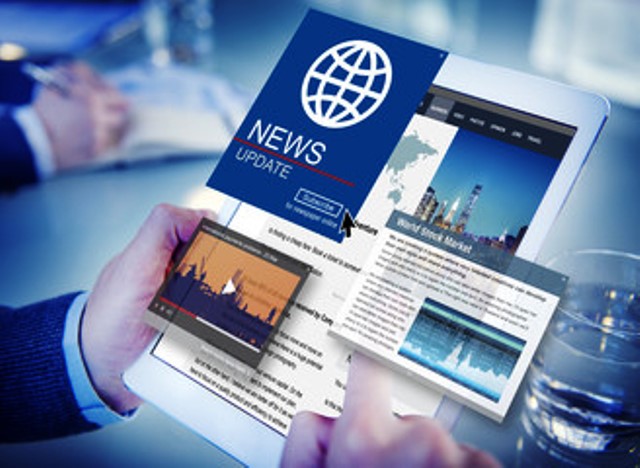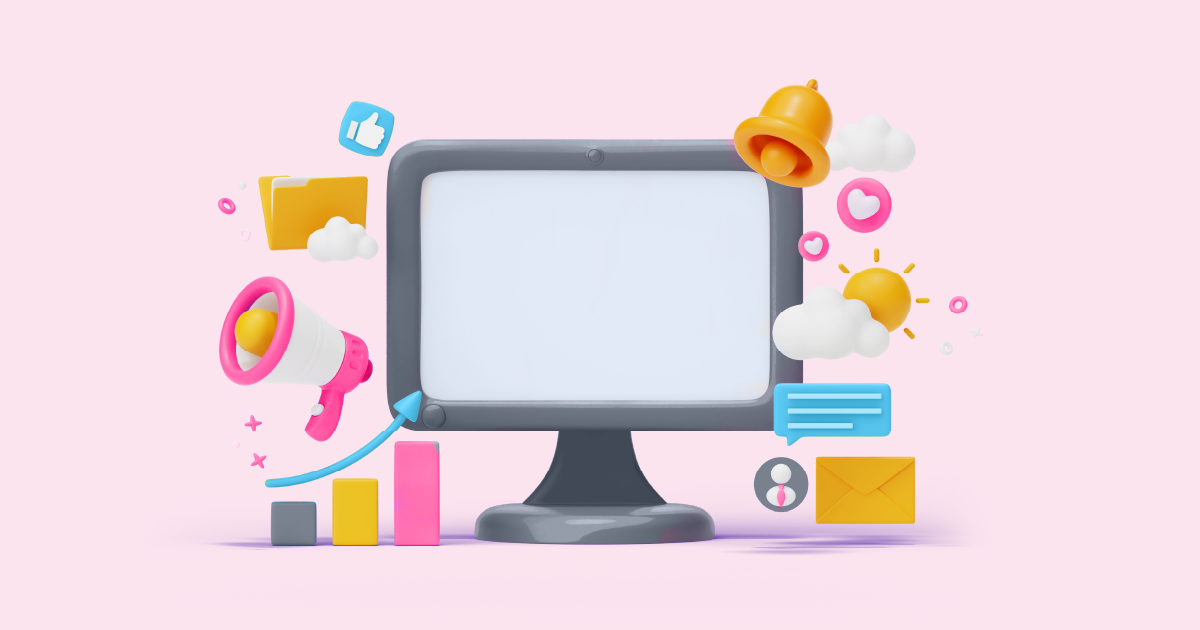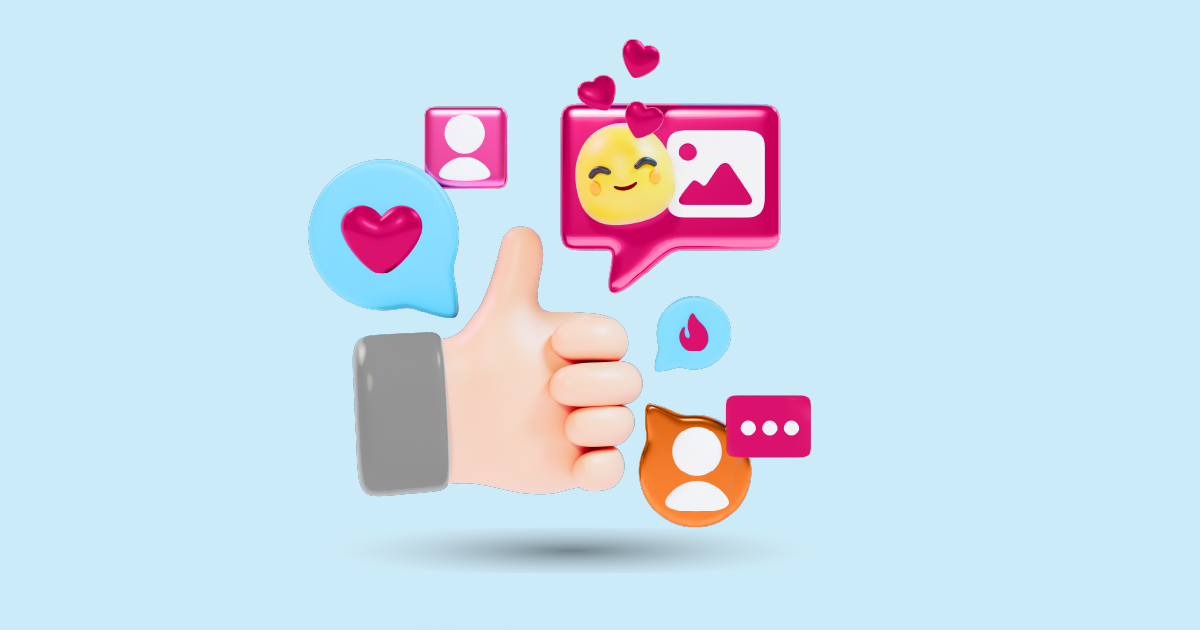PR media monitoring is the process of tracking, collecting, and analyzing media mentions of your brand, competitors, or relevant topics. Whether it’s a blog post, a tweet, or a mention on a major news network, media monitoring gives you a clear picture of how your brand is perceived.
PR Media Monitoring: Track, Analyze, and Protect Your Brand

Why It Matters in Today’s Media Landscape
In a world where news travels fast—and bad news even faster—media monitoring is your early warning system. It’s like having eyes and ears everywhere, helping you react before things spiral out of control or capitalize on positive coverage when it matters most.
The Core Elements of Media Monitoring
Traditional Media vs. Digital Media Tracking
Traditional media includes newspapers, TV, and radio, while digital covers websites, blogs, podcasts, and social media. A robust strategy monitors both, ensuring no voice goes unheard.
Earned, Owned, and Paid Media Monitoring
- Earned: Mentions you didn’t pay for (e.g., reviews, press coverage).
- Owned: Your own platforms like your website or blog.
- Paid: Advertisements and sponsored content.
- Understanding the mix helps you evaluate overall PR effectiveness.
Social Media Listening
Beyond just mentions, social listening dives into sentiment, trends, and engagement. It answers not just what people are saying—but how they feel about it.
How PR Media Monitoring Works
Automated Tools and Manual Monitoring
Software like AIM Insights or Talkwalker can scan millions of sources automatically. But sometimes, especially in niche industries, human monitoring adds valuable context that algorithms might miss.
Key Metrics to Track
- Number of mentions
- Reach and impressions
- Share of voice
- Sentiment analysis
- Engagement rate
Real-Time vs. Historical Data
Real-time alerts help in crisis control, while historical data aids in analyzing long-term trends and campaign impact.
Benefits
1. Reputation Management
Think of media monitoring as your brand’s online radar. It allows you to detect reputation risks early, respond proactively, and protect your image.
2. Crisis Prevention and Management
Caught a negative trend? Immediate alerts mean you can release statements, correct misinformation, or pivot your messaging—fast.
3. Measuring PR Campaign Effectiveness
Was your press release a hit or a miss? Media monitoring can tell you how much buzz it generated, where it landed, and what people said.
4. Competitive Benchmarking
Compare your media presence with competitors. Are they getting more positive mentions? Are you missing out on industry conversations?
Essential Tools for PR Media Monitoring
Top Media Monitoring Platforms
Choosing the Right Tool for Your Needs
Consider your industry, budget, and what features you really need—sentiment analysis, influencer tracking, geographic filters, etc.
Features to Look for in a Media Monitoring Tool
- Real-time alerts
- Sentiment analysis
- Coverage reports
- Multichannel monitoring
- Integration with other tools like CRMs or analytics dashboards
Setting Up an Effective Media Monitoring Strategy
1. Define Your Goals and KPIs
What do you want to track—brand mentions, industry trends, competitors? Clear goals guide effective monitoring.
2. Identify Relevant Keywords and Topics
Your brand name, product names, key personnel, hashtags, and common misspellings—track them all!
3. Choose the Right Channels to Monitor
Don’t just stick to mainstream news. Include blogs, forums, niche publications, and customer review platforms.
4. Establish a Reporting Schedule
Weekly summaries, monthly deep dives, or real-time dashboards—tailor it to your team’s needs.
Media Monitoring in Action
Case Study: Brand Reputation Recovery
After a data breach, a fintech startup used media monitoring to gauge customer sentiment, respond to negative press, and track improvement. Result? 20% sentiment improvement in 3 months.
Case Study: Product Launch Tracking
A fashion brand launching a new line tracked mentions across platforms, adjusted messaging mid-campaign, and identified key influencers driving traffic.
Challenges
1. Information Overload
Too much data can be paralyzing. Prioritize based on impact, relevance, and sentiment.
2. Distinguishing Noise from Insight
Not every mention matters. Focus on sources with real influence and recurring themes.
3. Dealing with Misinformation
Quick identification and response are key. Media monitoring tools help flag potential misinformation early.
Integrating Media Monitoring With Your PR Strategy
From Insights to Action
Monitoring without action is wasted effort. Use insights to tweak campaigns, craft responses, or engage with your audience meaningfully.
Aligning Monitoring with Messaging
Your PR goals should guide what you monitor—and how you respond.
Feedback Loop for PR Adjustments
Make media monitoring a continuous process that informs your future PR strategies.
Advanced Tactics and Trends
AI and Machine Learning in Media Monitoring
Smarter tools are learning context, tone, and even sarcasm, giving you better sentiment accuracy and faster alerts.
Predictive Analytics for Crisis Management
Spot patterns before they become problems. AI models can forecast media trends based on early signals.
The Rise of Influencer Monitoring
Track how influencers mention or represent your brand. It’s essential in the age of digital word-of-mouth.
PR Media Monitoring for Small Businesses vs. Enterprises
Budget-Friendly Tools for Startups
Tools like Google Alerts, BrandMentions, or even social media search can offer value without breaking the bank.
Scalable Solutions for Larger Companies
Enterprises need tools with APIs, bulk reporting, multilingual support, and integration with BI tools.
Legal and Ethical Considerations
Data Privacy Concerns
Only monitor publicly available content. Be cautious with scraping or collecting personal data.
Ethical Media Monitoring Practices
Always disclose when monitoring employees or internal communications. Transparency builds trust.
How to Report and Present Media Monitoring Data
Dashboards, Reports, and Insights
Use clear visuals, trend graphs, and heatmaps to present data. Make it easy for execs to grasp insights fast.
Customizing Reports for Stakeholders
Different stakeholders need different data. Tailor your reports—executives want summaries, marketers want trends, PR teams want sentiment.
Future Trends
What’s Next?
Voice monitoring, podcast scanning, AI-generated alerts—monitoring is getting smarter and more comprehensive.
How to Stay Ahead of the Curve
Keep testing new tools, attend PR webinars, and stay updated with industry trends.
Conclusion
PR media monitoring isn’t a luxury—it’s a necessity. Whether you’re protecting your brand, managing a crisis, or simply trying to understand how the world sees you, a smart monitoring strategy is your secret weapon. With the right tools and tactics, you can turn raw data into actionable insights that drive better PR results.
Ready to take control of your media presence? Request a free demo from AIM Technologies today and discover how our advanced PR media monitoring solutions can help you stay ahead of the conversation.
FAQs
1. What’s the difference between media monitoring and media analysis?
Media monitoring collects data, while media analysis interprets that data to find trends and insights.
2. Can media monitoring help during a PR crisis?
Absolutely. It provides real-time alerts and helps you manage narratives before they get out of hand.
3. What is the best tool for small businesses?
Tools like Google Alerts or Brand24 offer great features for startups without big budgets.
4. How often should I check my media monitoring reports?
It depends on your goals. For crisis management—daily. For general insights—weekly or monthly.
5. Is social media monitoring part of PR media monitoring?
Yes, it’s a critical part, especially as more conversations move to social platforms.




